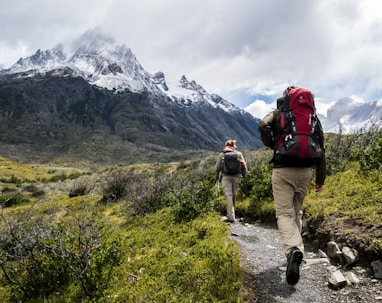
What does a IP rating mean?
KNOWLEDGE HUB
Ingress Protection
The Ingress Protection (IP) rating is an international standard that rates the ability of electrical devices to resist the ingress of solid foreign objects (dust) and liquids (water). The IP rating is a two-digit code, with the first digit indicating the protection against solid objects and the second digit indicating the protection against liquids.


Solid Object Protection (First Digit):
0: No protection against dust.
1: Protection against solid objects greater than 50mm in diameter.
2: Protection against solid objects greater than 12mm in diameter.
3: Protection against solid objects greater than 2.5mm in diameter.
4: Protection against solid objects greater than 1mm in diameter.
5: Dust protected.
6: Dust tight.
Liquid Protection (Second Digit):
0: No protection against liquids.
1: Protection against falling water drops.
2: Protection against dripping water when tilted up to 15 degrees.
3: Protection against splashing water.
4: Protection against spraying water from nozzles.
5: Protection against low-pressure jets of water from all directions.
6: Protection against high-pressure jets of water from all directions.
7: Protection against temporary immersion up to 1m.
8: Protection against permanent immersion up to 3m.
Examples of IP Ratings:
IP54: This rating indicates that the device is protected against dust and from splashing water.
IP67: This rating indicates that the device is dust tight and protected against immersion up to 1m for 30 minutes.
IP68: This rating indicates that the device is dust tight and protected against immersion up to 3m for 30 minutes.
The IP rating is an important consideration when choosing a two-way radio, as it can help to ensure that the radio is adequately protected in the environment in which it will be used. For example, a radio that will be used in construction should have a higher IP rating than a radio that will be used in an office environment.
Here are some additional tips for choosing a two-way radio with the appropriate IP rating:
Consider the environment in which the radio will be used.
If the radio will be used in a wet environment, such as outdoors or in a warehouse, choose a radio with a high first number IP rating.
If the radio will be used in a dusty environment, such as a construction site or a mine, choose a radio with a high second number IP rating.
If the radio will be used in a harsh environment, such as a chemical plant or a manufacturing facility, choose a radio with a higher IP rating and that is specifically designed for that environment.
By following these tips, you can choose a two-way radio with the appropriate IP rating to ensure that it is protected from the elements and can operate reliably in your specific environment.
Further reading


Learn more with our specially designed training courses
Our training courses are specifically designed to cater to the needs of individuals in the communications industry.
Discuss your training requirements with our team of experts
Airsys Communications Technology Limited
Unit 1, The Westgate Centre, Premier Way, Luzborough Lane, Romsey. SO51 9DH
Copyright © 2023 Airsys Communications Ltd. All Rights Reserved.
